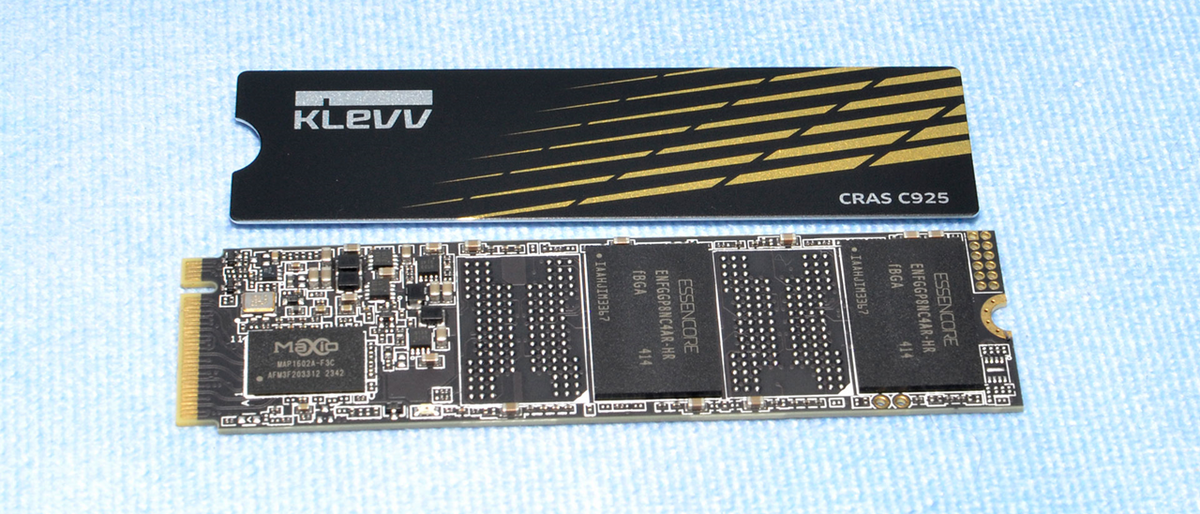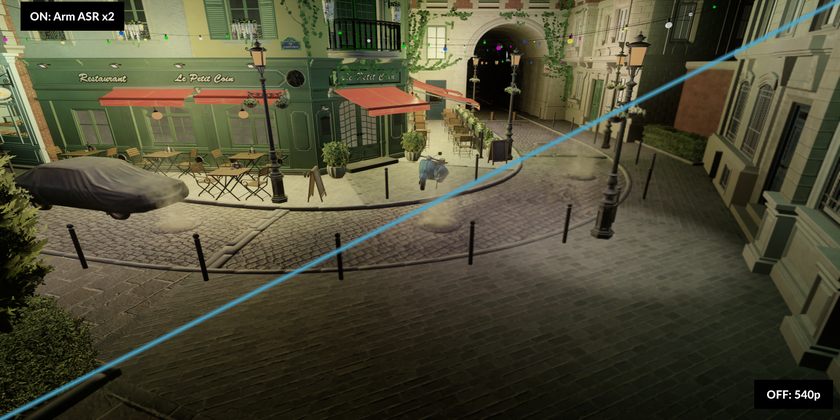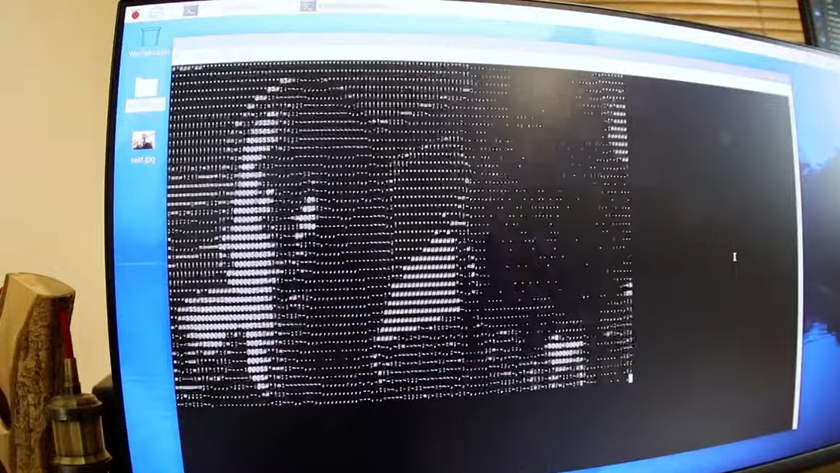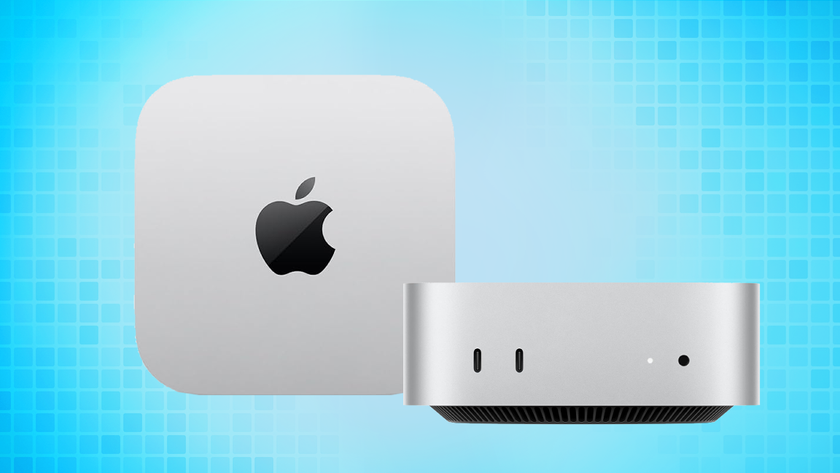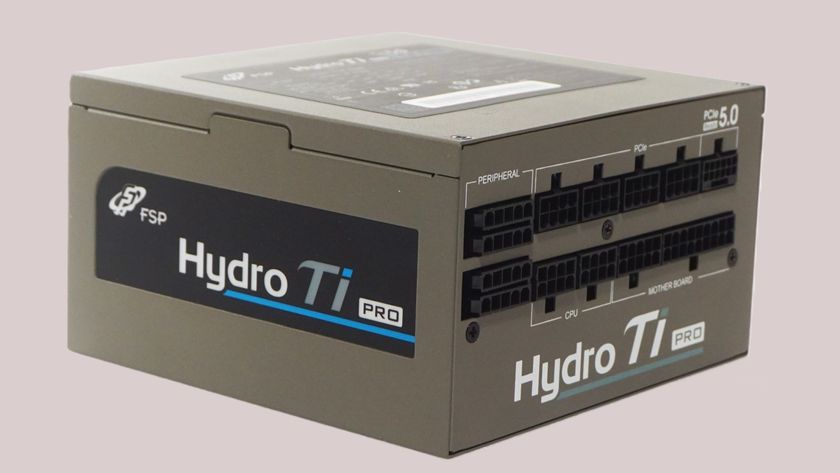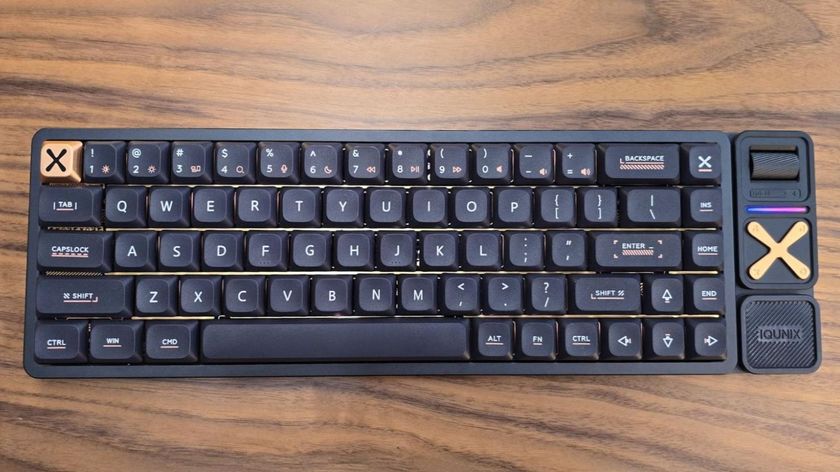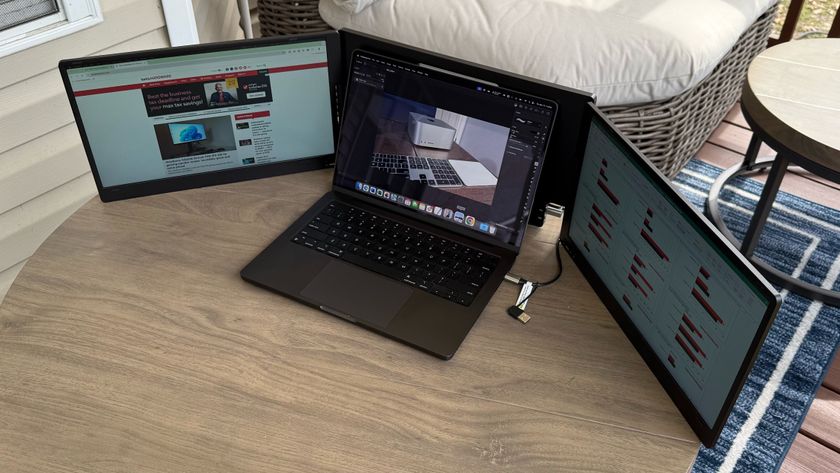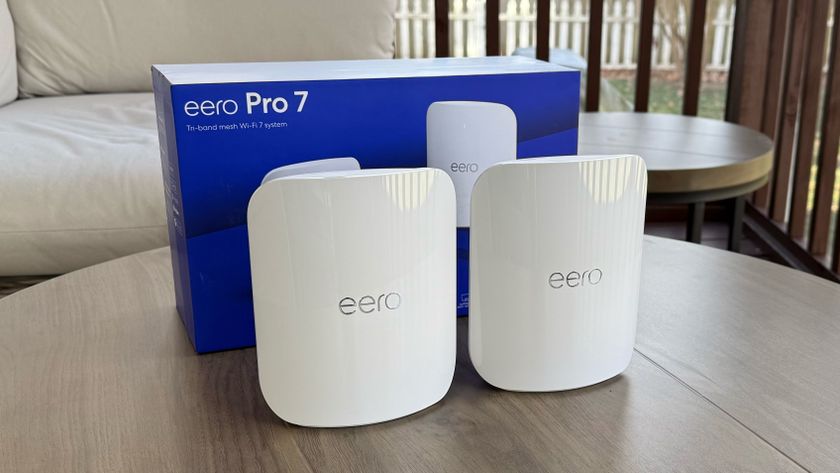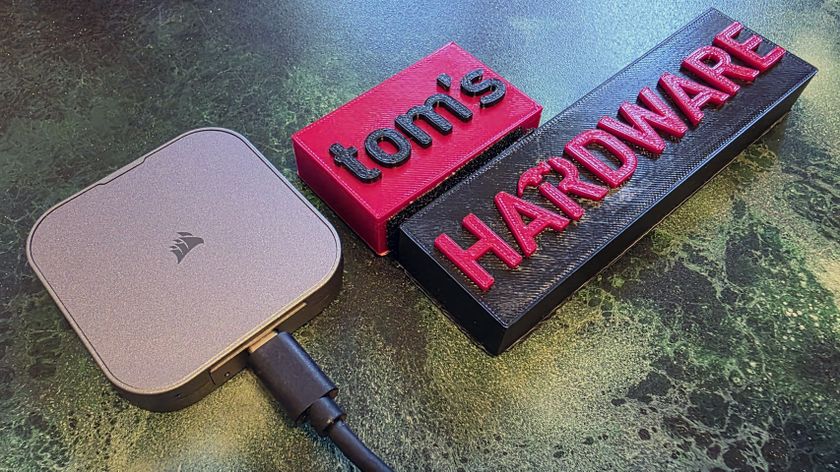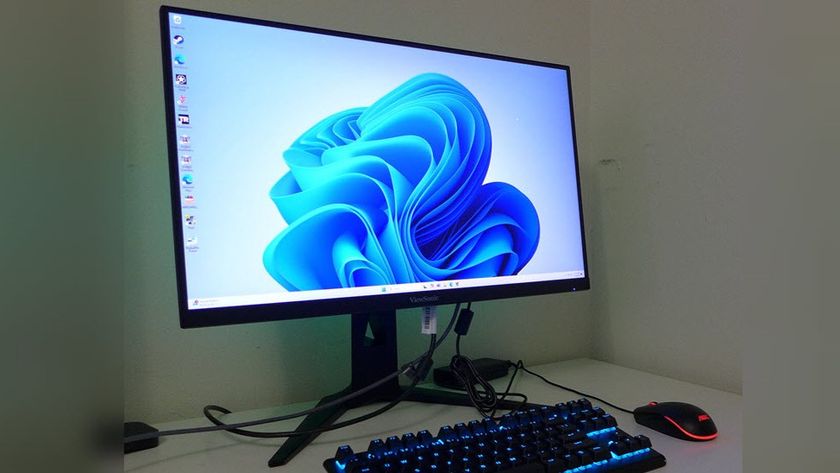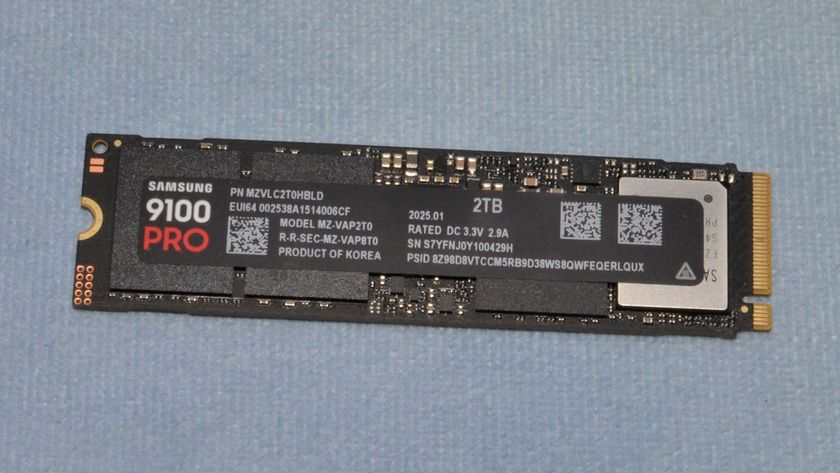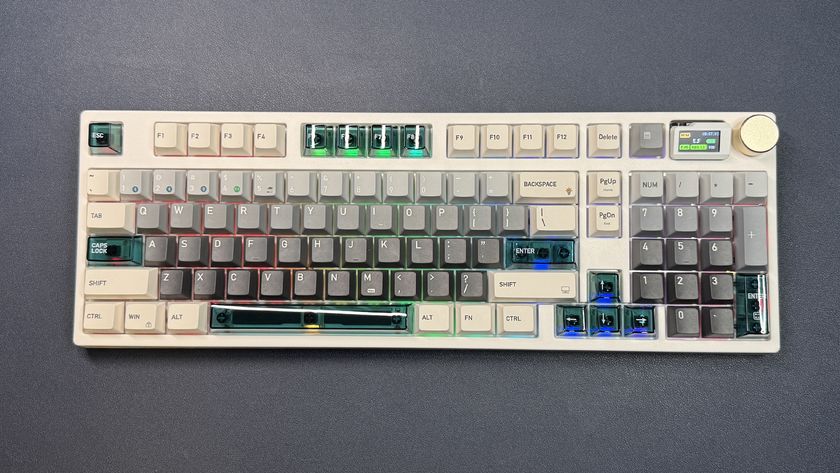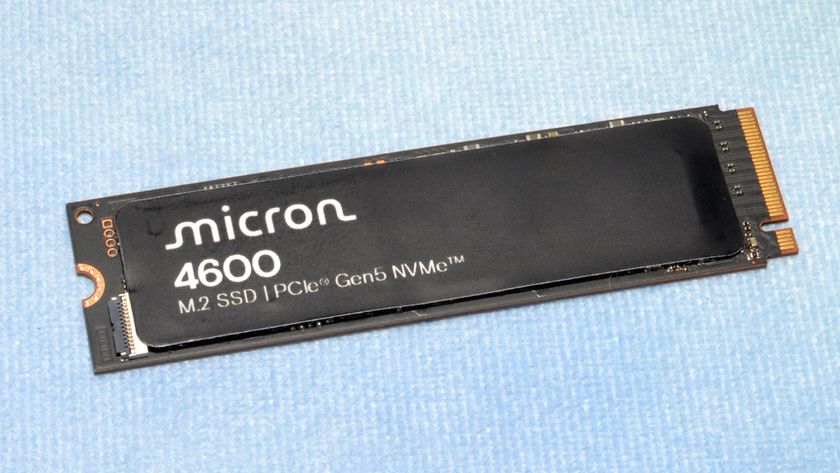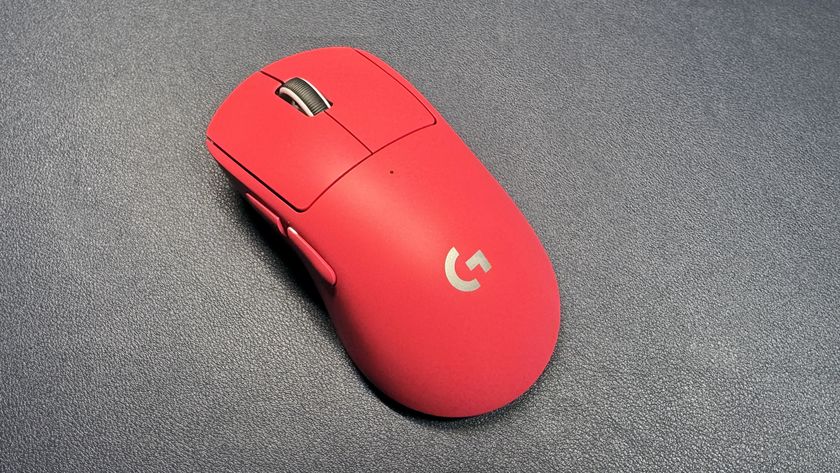Why you can trust Tom's Hardware
Comparison Products
As the C925 is using a hardware combination we haven’t seen before, we’re putting it up against a wide range of drives to see where it falls. This includes the high-end PCIe 5.0 Crucial T705 and Adata Legend 970 Pro as well as the budget 5.0 baseline, the Phison E31T ES. We’ve included many of the best PCIe 4.0 SSDs as well, like the WD Black SN850X, Samsung 990 Pro, and SK hynix Platinum P41. The Crucial T500 could also be put into this category, even though it’s using only a four-channel controller, as it does have DRAM and newer flash.
A more direct comparison is possible with the Silicon Power US75, which uses the same controller as the C925 but with the more typical (for that controller) YMTC flash. In this class is also the Samsung 990 EVO Plus and QLC-based Crucial P310 2280, the latter more budget-oriented. At the bottom end of budget or entry-level drives, we have the Samsung 990 EVO.
Trace Testing — 3DMark Storage Benchmark
Built for gamers, 3DMark’s Storage Benchmark focuses on real-world gaming performance. Each round in this benchmark stresses storage based on gaming activities including loading games, saving progress, installing game files, and recording gameplay video streams. Future gaming benchmarks will be DirectStorage-inclusive and we also include notes about which drives may be future-proofed.



The C925 finishes dead last in 3DMark, but that’s not as awful as it sounds. It’s relatively close to a few other SSDs. This drive is certainly plenty powerful for games even if it performs below average here.
Trace Testing — PCMark 10 Storage Benchmark
PCMark 10 is a trace-based benchmark that uses a wide-ranging set of real-world traces from popular applications and everyday tasks to measure the performance of storage devices. The results are particularly useful when analyzing drives for their use as primary/boot storage devices and in work environments.



We’re a little more disappointed with the C925’s PCMark 10 results, as application performance is probably more important than game performance. Luckily, the C925 isn’t that far behind solid drives like the Black SN850X. Nevertheless, finishing last means the drive is firmly put into the budget category.
Console Testing — PlayStation 5 Transfers
The PlayStation 5 is capable of taking one additional PCIe 4.0 or faster SSD for extra game storage. While any 4.0 drive will technically work, Sony recommends drives that can deliver at least 5,500 MB/s of sequential read bandwidth for optimal performance. In our testing, PCIe 5.0 SSDs don’t bring much to the table and generally shouldn’t be used in the PS5, especially as they may require additional cooling. Check our Best PS5 SSDs article for more information.
Our testing utilizes the PS5’s internal storage test and manual read/write tests with over 192GB of data both from and to the internal storage. Throttling is prevented where possible to see how each drive operates under ideal conditions. While game load times should not deviate much from drive to drive, our results can indicate which drives may be more responsive in long-term use.



PS5 performance is nothing to write home about, but it's certainly good enough. This drive would be a reasonably good pick for the console, especially with its included heatspreader. That said, you’re leaving its write endurance on the table with the type of workloads the PS5 usually has, not that it’s a big deal.
Transfer Rates — DiskBench
We use the DiskBench storage benchmarking tool to test file transfer performance with a custom, 50GB dataset. We write 31,227 files of various types, such as pictures, PDFs, and videos to the test drive, then make a copy of that data to a new folder, and follow up with a reading test of a newly-written 6.5GB zip file. This is a real world type workload that fits into the cache of most drives.



Finally we see some daylight, as the C925 is a mediocre but not terrible performer in DiskBench copying. It beats the 990 Pro and Black SN850X, which is a good result. We wouldn't expect it to keep pace with PCIe 5.0 drives, but it also falls slightly behind many newer PCIe 4.0 drives as well.
Synthetic Testing — ATTO / CrystalDiskMark
ATTO and CrystalDiskMark (CDM) are free and easy-to-use storage benchmarking tools that SSD vendors commonly use to assign performance specifications to their products. Both of these tools give us insight into how each device handles different file sizes and at different queue depths for both sequential and random workloads.














We see no issues with the C925 in ATTO, unlike the weird read results we have for the E31T ES. The C925 performs closely to the US75, which makes sense as the two drives use the same controller. They use different flash, but this does not appear to have a huge impact here. CDM sequential performance is merely average, but the C925 is fast enough for a PCIe 4.0 SSD.
The drive hits more trouble with 4KB QD1 random read and write latencies, however. Both latencies are rather high which seems a bit odd for the flash that's used. It feels like this controller is not really ideal for getting the most out of SK hynix's V8 NAND. That’s not a huge problem if the drive is less expensive in return, but all else being equal this doesn’t bring anything new to the table that would encourage you to buy it over existing budget drives.
Sustained Write Performance and Cache Recovery
Official write specifications are only part of the performance picture. Most SSDs implement a write cache, which is a fast area of pseudo-SLC (single-bit) programmed flash that absorbs incoming data. Sustained write speeds can suffer tremendously once the workload spills outside of the cache and into the "native" TLC (three-bit) or QLC (four-bit) flash. Performance can suffer even more if the drive is forced to fold, which is the process of migrating data out of the cache in order to free up space for further incoming data.
We use Iometer to hammer the SSD with sequential writes for 15 minutes to measure both the size of the write cache and performance after the cache is saturated. We also monitor cache recovery via multiple idle rounds. This process shows the performance of the drive in various states as well as the steady state write performance.



The 2TB C925 writes at over 5.7 GB/s for 55 seconds in pSLC mode, revealing a 315GB cache. This is of decent size but less than half of what it could be. The drive does write faster for the first two seconds, which sometimes indicates a static portion of the cache. This would suggest a hybrid cache when taking in the latter, dynamic portion. However, historically we’ve seen this before on all-dynamic cached drives based on this controller. The relevance here isn’t super high as the cache design, as it is, should allow for pretty consistent write performance after the cache is exhausted. This cache will get smaller as the drive is filled as it is fully dynamic.
After the cache is filled, the drive writes directly to the TLC flash at almost 1.8 GB/s. This is a decent speed and is one area where the C925 stands out. Then again, it doesn’t write as fast or as long in its pSLC mode compared to some other drives, but basically it performs as expected. Eventually the drive is forced to wait for data to be copied from pSLC to the TLC flash in a so-called “folding” state, with lower write performance. In this mode the drive writes at around 835 MB/s, which is actually very close to the US75’s steady state. Our guess is that this is not a coincidence but rather a feature of the controller, which further hints that it’s not optimized for this flash but YMTC’s instead.
The C925 readily stays in direct-to-TLC mode when left idle. This is a compromise many drives make as the TLC write performance is good enough and deferring pSLC to TLC flash writes has advantages in terms of reducing wear and improving follow-up reads.
Power Consumption and Temperature
We use the Quarch HD Programmable Power Module to gain a deeper understanding of power characteristics. Idle power consumption is an important aspect to consider, especially if you're looking for a laptop upgrade as even the best ultrabooks can have mediocre stock storage. Desktops may be more performance-oriented with less support for power-saving features, so we show the worst-case.
Some SSDs can consume watts of power at idle while better-suited ones sip just milliwatts. Average workload power consumption and max consumption are two other aspects of power consumption but performance-per-watt, or efficiency, is more important. A drive might consume more power during any given workload, but accomplishing a task faster allows the drive to drop into an idle state more quickly, ultimately saving energy.
For temperature recording we currently poll the drive’s primary composite sensor during testing with a ~22°C ambient. Our testing is rigorous enough to heat the drive to a realistic ceiling temperature.




Another bright spot is the C925’s power efficiency. This drive is very efficient, on the level of the Crucial P310 2280 and better than the Samsung 990 EVO Plus. It’s not quite as good as other drives with this controller and YMTC flash, though. This is possibly due to a difference in architecture since YMTC uses wafer bonding technology, which is still in the future for SK hynix. The C925 is still efficient enough to be used in laptops without too much trouble. In fact, its idle power draw even without the best power-saving modes enabled is the best of all the drives in the list.
The drive runs fairly cool, too. The maximum temperature we saw during testing was 56°C. This is close to some of the coolest-running drives we’ve recently tested. In a hotter environment or with poor airflow, which includes inside a laptop, this drive will run hotter. It shouldn’t throttle in normal use, though, especially if you use the included heatspreader. (If you have zero airflow and pound the drive with continual writes, however, you can expect it to heat up — and the same goes for pretty much any other SSD.)
| CPU | Intel Core i9-12900K | Row 0 - Cell 2 |
| Motherboard | Asus ROG Maximus Z790 Hero | Row 1 - Cell 2 |
| Memory | 2x16GB G.Skill DDR5-5600 CL28 | Row 2 - Cell 2 |
| Graphics | Intel Iris Xe UHD Graphics 770 | Row 3 - Cell 2 |
| CPU Cooling | Enermax Aquafusion 240 | Row 4 - Cell 2 |
| Case | Cooler Master TD500 Mesh V2 | Row 5 - Cell 2 |
| Power Supply | Cooler Master V850 i Gold | Row 6 - Cell 2 |
| OS Storage | Sabrent Rocket 4 Plus-G 2TB | Row 7 - Cell 2 |
| Operating System | Windows 11 Pro | Row 8 - Cell 2 |
We use an Alder Lake platform with most background applications such as indexing, Windows updates, and anti-virus disabled in the OS to reduce run-to-run variability. Each SSD is prefilled to 50% capacity and tested as a secondary device. Unless noted, we use active cooling for all SSDs.
Klevv CRAS C925 Bottom Line
It would be easy to dismiss this drive given our score for it, but it’s important to take our scoring system into context. We’re looking at this drive against some tough competition and are deeming it merely average at best. That’s how it performs on the whole, but that doesn’t mean it’s a bad drive. Its theoretically relatively low price helps it quite a bit and it’s fast enough for most things. It’s just that it doesn’t quite live up to expectations for several reasons, about which we can make some assumptions. Aside from any lengthy explanations, the drive as it is and would be received is nothing special but also not something you should actively avoid.
Let’s unpack that further. The C925’s performance marks are mostly on the low end, although there are some bright spots. Its copy and write performance are both fairly good, which helps sell it as a PCIe 4.0 drive, but these are less important for a budget SSD. It’s single-sided with an included heatspreader and has good power efficiency, so it would work fine in a laptop or a PS5. It wouldn’t be bad as a secondary storage or gaming drive in a desktop, either. It’s not remarkable, but in a way that’s a good thing, since if it’s the least expensive option you can pick it up it will get the job done.
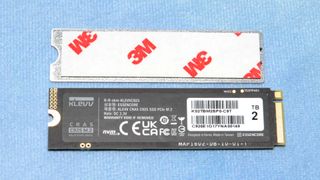
The C925’s pricing could be its best feature, if the 2TB drive comes back at the previously seen $107.99. At 1TB it has some competition, namely with the Kingston NV3, the Patriot Viper VP4300 Lite, the Teamgroup MP44, and the Inland TN470. If the C925 happens to be the least expensive or most available drive in this list — and you may want to skip the NV3, at least, if you want to avoid its uncertain hardware — then it’s a safe buy. At 500GB and its current pricing, the C925 is more or less unmatched, although you can find the Viper VP4300 Lite and NV3 in this range too.
Our impression is that this drive fails to live up to its expectations, though. We hypothesize that the controller in use — the Maxio MAP1602 — is optimized for YMTC’s flash and doesn’t work as well with SK hynix’s flash. This is not surprising as the vast majority of MAP1602-based drives on the market are using YMTC flash. It’s not surprising, also, that Klevv is using SK hynix flash, since the company is part of the SK Group. So essentially we’re left with a mostly underwhelming drive that has good but not great power efficiency, with very high endurance. As long as the drive gets priced right — and is in stock — the C925 could be a decent choice for a budget drive. It’s just not exceptional in any way.
MORE: Best SSDs
MORE: Best External SSDs

Shane Downing is a Freelance Reviewer for Tom’s Hardware US, covering consumer storage hardware.
-
thestryker Seems like a decent enough budget drive if the price is right. Though to be fair that latter bit seems to be pretty much every NVMe SSD tier right now as the performance all seems to cluster and it ends up just being about which price point you're in.Reply
Unrelated to this drive specifically, but Solidigm has discontinued all of their client SSDs as of October. I didn't see any news on this at all and wonder if there's any information anyone may have. It did seem weird for SK Hynix to have self branded and Solidigm drives using the same NAND and controller, but the Solidigm drives did have their proprietary driver and software (SK Hynix P41 Pro does not appear to be discontinued). Then Klevv started releasing more products and while they use SK Hynix NAND in everything they do not use the same controllers. -
usertests Uninspiring is what I want to see: good pricing, good endurance, TLC, and DRAM if possible (not in this one). Most people do not need to saturate the PCIe 5.0 interface.Reply
